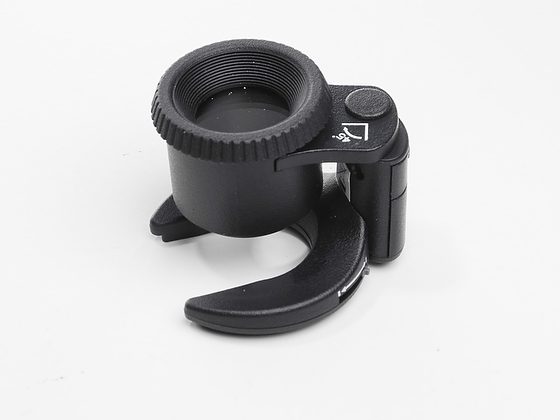While I think I have done an excellent job editing my photos, when I submit them to stock agencies, they sometimes catch things I miss.
When I first submitted this photo of the Island Breeze dancer with Poi ball in Hawaii. I had missed some dust that had gotten onto the sensor in the top right-hand corner.
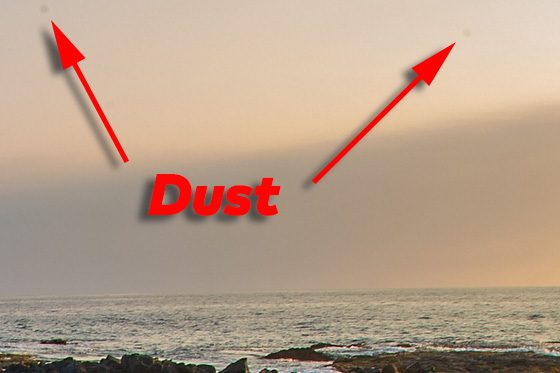
This is a 100% enlargement of the right top corner of the photo. Are you frustrated with seeing small dark spots in your images that appear in every picture? If you see them consistently in the exact location (the size and darkness of the spots can vary depending on aperture), you are most likely dealing with dust particles on your camera’s sensor.
I have noticed they show up more at smaller apertures like ƒ/22 or ƒ/16, and there is a light area of the photo where the dust is located.
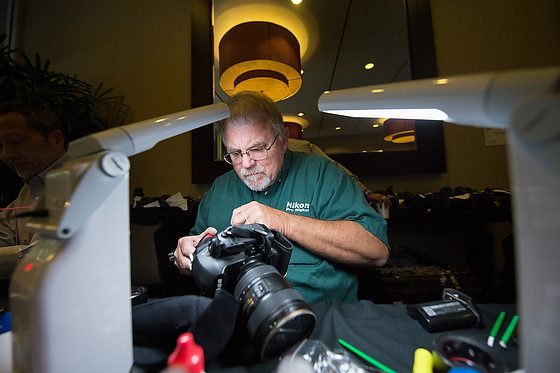
The first thing I do when I notice dust on the sensor is to pick up the phone and call Berrie Smith, who lives near me and has worked for Nikon as a camera technician for many years.
Berrie Smith, the professional camera repairman, is one of the guys Nikon sends out to significant sporting events to provide live repair and sensor cleaning service to the NPS pros covering the event.
Without proper camera cleaning and digital camera sensor cleaning, most photographers have experienced their photographs ruined by unsightly dust spots in their images. These dust spots are characteristically gray/black areas and are usually visible when photographing continuous tone scenes. Cleaning your camera equipment is a great way to ensure it continues working correctly and is also a necessity in today’s digital world. Digital sensors are electrically charged devices that attract dust particles because of their static electric charge. If not cleaned properly, the digital camera sensor will result in images with black spots scattered throughout your photographs.
You can buy off-the-shelf sensor cleaning kits and attempt to clean your image sensor, but if you are not careful, you can quickly do a lot of expensive damage. The cost to replace a scratched low pass filter/image sensor assembly ranges from $600 to $1,600 (parts and labor), depending on the camera.
Berrie does repairs for photographers all over the world.
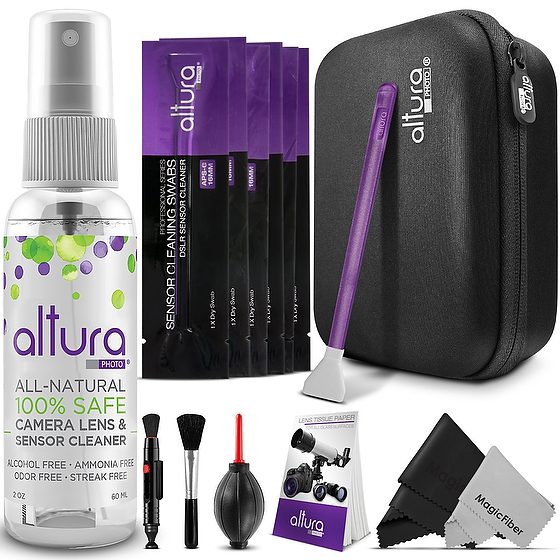
When I travel, I don’t have the luxury of calling Berrie and sending him my cameras to clean. No one wants to touch up every single photo on a shoot in the same spots over and over.
What is crucial in the kit is the loupe to examine the sensor up close.
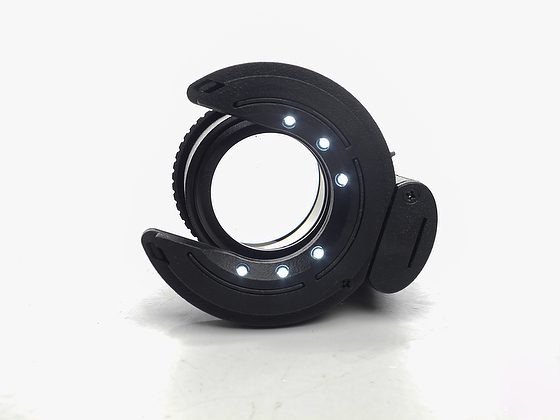
You often need to point the sensor down and use the Air Blower to force air onto the sensor, which often dislodges the dust.
I recommend at least owning an Air Blower just safely to remove dust. If that doesn’t work, then give it to the expert Berrie.
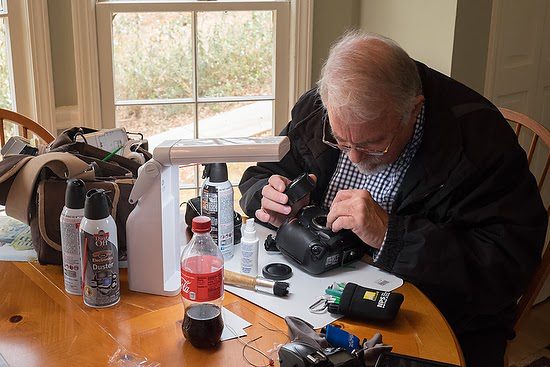
This is Berrie at my kitchen table cleaning my cameras. So how do you reach Berrie? Here you go:
Berrie Smith | bbmw@bellsouth.net | (770) 312-0719


